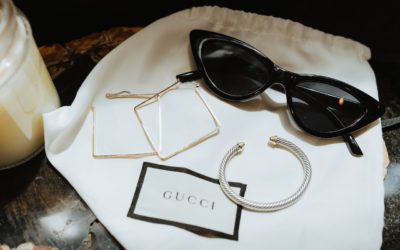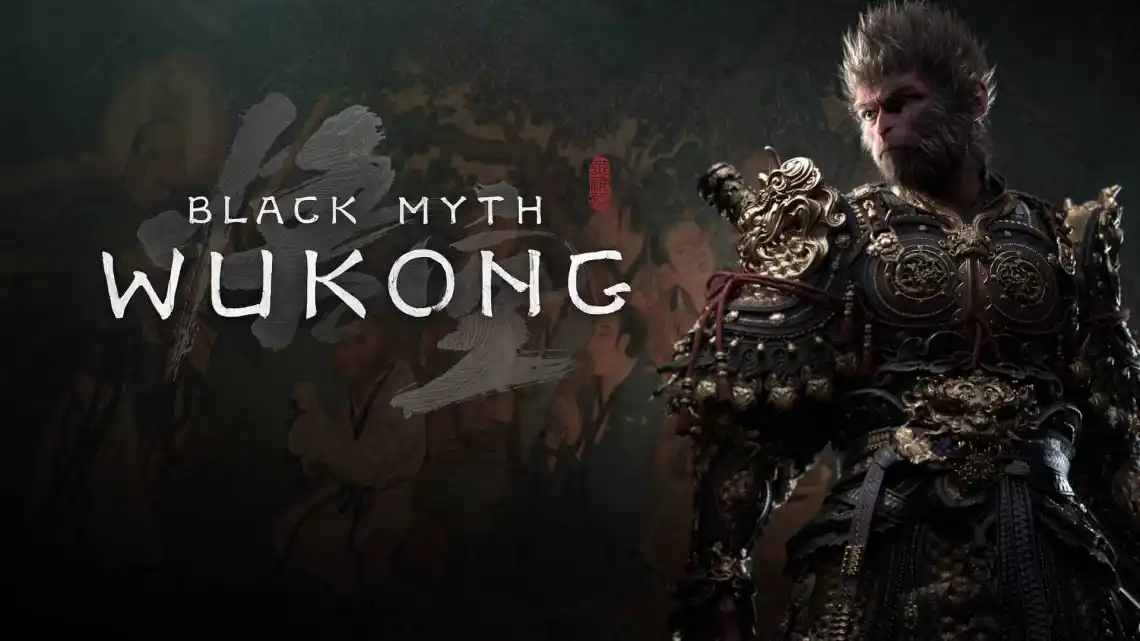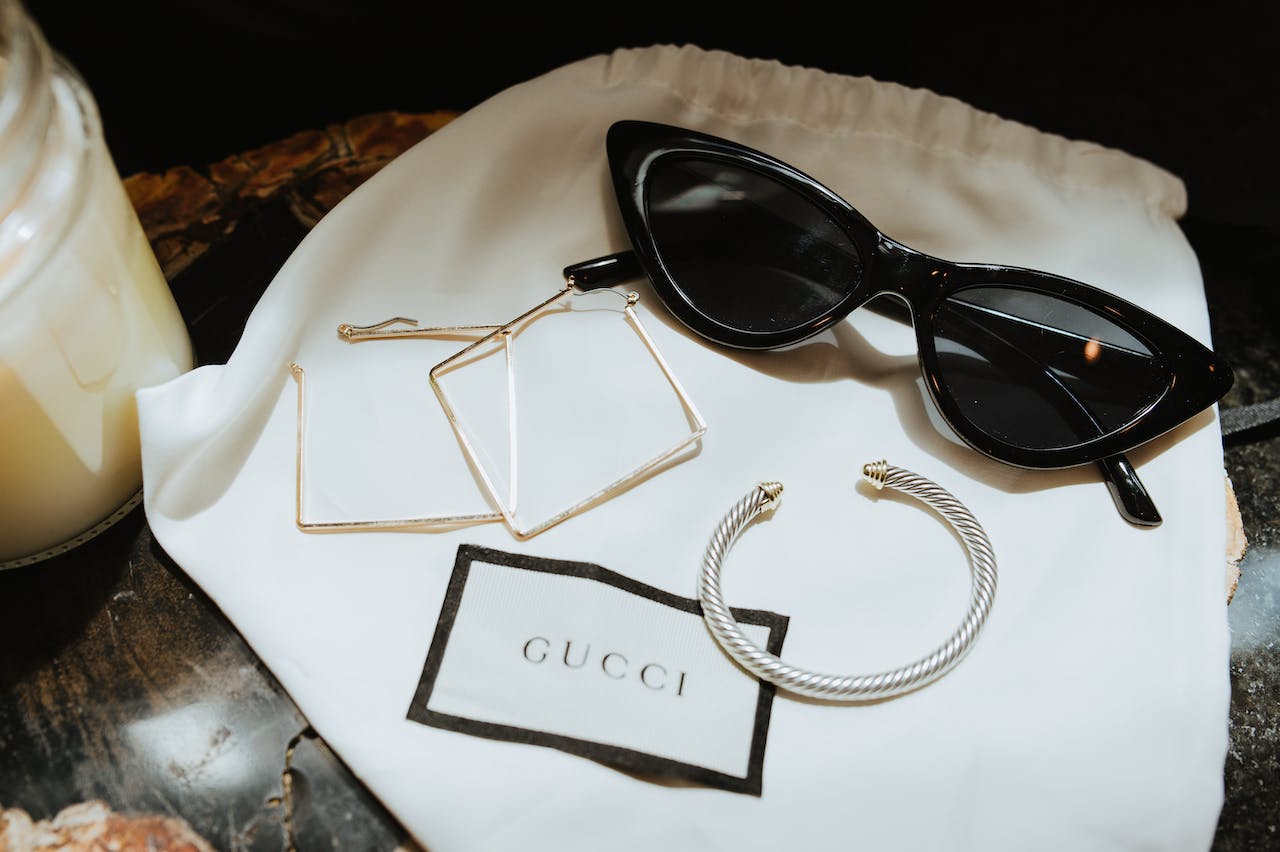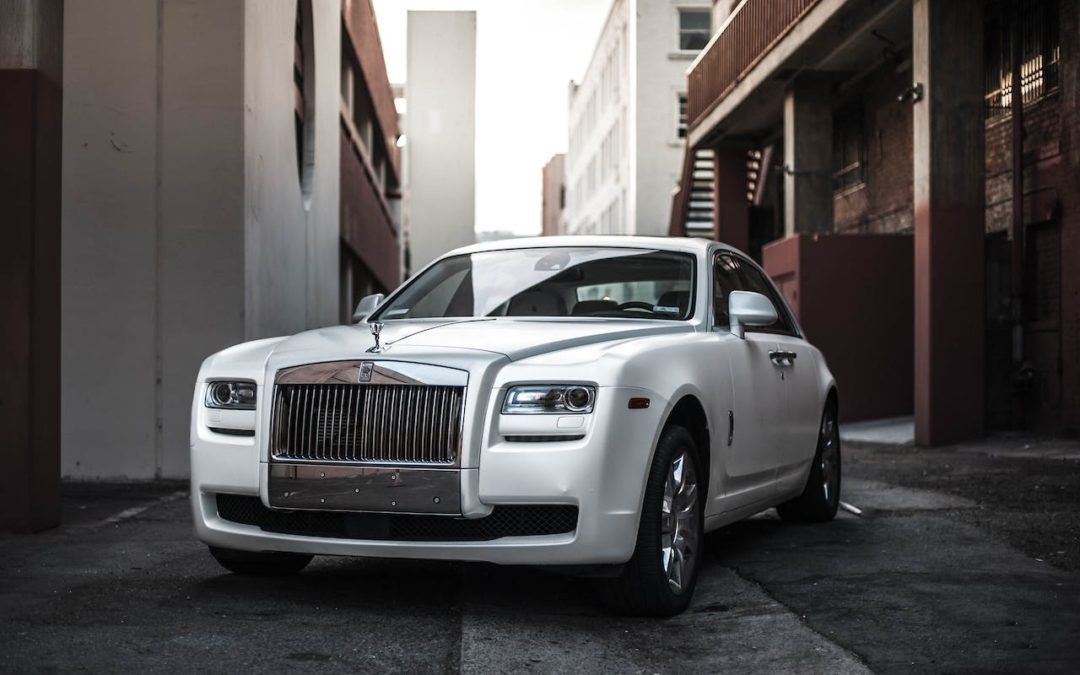Challenges and Opportunities for the Luxury Industry and E-commerce
Luxury Brands doing e-commerce experience several challenges, ranging from preserving exclusivity, fostering trust, and embracing innovation, to smart differentiation, to name a few. All demanding a tailored approach to ensure success in the luxury e-commerce.
In this article, we’ll analyze luxury e-commerce problems and how to solve them.
What are common challenges faced by luxury brands in e-commerce?
The challenges are many but they can range from maintaining brand exclusivity and brand image, to expectation gaps including price versus value, lack of trust, and green washing, among others. But let’s analyze the cause and how brands have found solutions.
What is the cause of the problems for the Luxury Brands?
A Luxury Customer Experience and e-commerce might be contradictory concepts. After all, the very essence of luxury often evokes notions of exclusivity, personalized service, and, of course, the ability to touch and feel a high-quality product firsthand. Yet, the e-commerce concept in itself for luxury brands evokes mass appeal, which risks cheapening the brand.
And, to add to the conflict, now the digitally native consumer, namely Millennials and Gen Zs, brings into the picture a set of expectations like convenience combined with sustainability, as well as, questions about the luxury product value.
Balancing these conflicting demands while preserving brand integrity poses significant challenges for luxury brands venturing into e-commerce and solidifying Omnichannel strategies.
How do luxury brands keep that exclusivity of their in-store experience in an online inclusive world? What challenges or problems do they face, and what opportunities does e-commerce present?
But first…
Is the Luxury Market growing?
A 2023 Bain & Company report revealed a 30% growth in the global personal luxury goods market, with online sales accounting for a record-breaking 23% of the total. This trend is expected to continue, with McKinsey predicting online sales to reach nearly 50% of the market by 2030. But, experts say the growth might decelerate in the coming months and years.
But even then, growth inevitably presents unique challenges for luxury brands. Let’s explore these challenges and uncover how brands can address them to win in the e-commerce arena.
.
Problem No. 1: Bridging the Sensory Gap:
Luxury Experience: Replicating the in-store experience online, where customers can touch the product and its materials, try on the product, and immerse themselves in the brand’s atmosphere.
Limitations of digital platforms: Unlike physical stores, online platforms struggle to convey the sensory aspects of luxury products and establish an emotional connection with customers to upsell or cross-sell.
Recommended Solutions:
- High-quality product visuals: Utilize 360° product views, high-resolution zoom functions, and detailed descriptions to showcase product details and craftsmanship.
- Virtual try-on experiences: Leverage augmented reality (AR) and virtual reality (VR) technologies to enable customers to virtually try on clothes and accessories.
- Interactive content and storytelling: Create engaging content like interactive product tours, behind-the-scenes glimpses, and brand heritage stories to foster emotional connection.
Example: Dior’s innovative virtual boutique experience allows customers to explore the brand’s collections in a 3D environment, virtually try on clothes, and even personalize their avatars with accessories.

Dior’s virtual shopping experience
Problem No. 2 Maintaining Brand Exclusivity and Image:
User Friendliness: Balancing user-friendliness with maintaining brand exclusivity and a sense of luxury.
Navigation: Overly complex navigation or lack of information can negatively impact brand image and discourage potential customers.
Personalization & Exclusivity: Personalization allows for a more relevant and engaging experience, but it has to be balanced carefully with exclusivity (to avoid cheapening the brand).
Recommended Solutions:
- Offer personalized recommendations based on past purchases, browsing history, and preferences.
- Provide exclusive online content such as early access to new collections, limited-edition products, and special events.
- Develop loyalty programs that reward repeat customers and offer exclusive benefits.
Example: Net-a-Porter‘s personalized shopping services connected customers with dedicated stylists and data combined with AI to offer personalized recommendations and curated shopping experiences based on individual preferences to increase sales.

Net-a-Porter Personalization campaign through Mobile
Problem No 3. Building Trust and Security Concerns:
Secure Buying Experience: Establishing trust and addressing security concerns for high-value online transactions.
Transparency & Customer Experience Management: The most significant pain points are around the product and the sales process, which entails a bit of risk for the consumer.
- Product authenticity
- Secure payment methods
- Data privacy
- Return policies
Recommended Solutions:
- Transparent policies and clear communication: Clearly communicate shipping, return, and exchange policies, as well as data privacy practices.
- Secure payment gateways and data encryption: Utilize secure payment gateways and data encryption protocols to safeguard customer information.
- Authentic product verification processes: Implement authentication measures and collaborate with trusted partners to ensure product authenticity.
- Easy and transparent return procedures: Offer clear and hassle-free return procedures to build customer confidence.
Example: Farfetch prioritizes security by partnering with leading third-party authentication services to verify product authenticity. These partnerships are crucial in building trust and securing repurchase. Another benefit is debunking some rumours of them selling fakes.
Want to go more in detail? Check What are the Ethical and Legal Implications of Using Customer Data in Luxury
.
Problem No. 4 The High Costs of Luxury E-commerce:
Core & Associated ongoing costs: Managing costs of the core e-commerce platform and associated platforms requires system integration and constant maintenance.
- Website development and maintenance: Creating and maintaining a user-friendly and visually appealing website requires ongoing investment.
- Marketing and customer acquisition: Reaching and attracting customers across platforms (online & offline advertising, events, influencer marketing, etc).
- Logistics and fulfilment: Ensuring efficient and secure delivery of high-value products requires a robust logistics infrastructure.
- Customer service and support: MaintainingAfter-sales services requires specialized teams, high-level of security, and resources.
Digital Transformation: The cost of optimizing systems and even processes is a high burden.
Recommended Solutions:
- Outsourcing logistics: Instead of optimizing brand’s processes, partnership can improve strategies quite quickly, so partnering with third-party logistics providers can help optimize costs and efficiency.
- Leveraging technology for efficiencies: Utilizing automation tools and data analytics can streamline operations and reduce manual labor.
- Partnering with other brands: Collaborating with other luxury brands for marketing initiatives can help share resources and reach new audiences.
Problem No. 5 The Evolving Competitive Landscape:
Constant Competition: Staying competitive in the rapidly evolving e-commerce landscape, facing established players, new entrants, and the threat of counterfeit products.
Pressure to differentiate: Balancing the need to stay ahead and preserve the heritage and core values.
Recommended Solutions:
- Unique Value Propositions: Identifying the brand’s main attractive points, combining it with compelling brand storytelling, and exceptional customer service can be the key differentiators.
- Strong brand identity and heritage: Leveraging brand heritage and creating a consistent brand experience across online and offline channels is crucial.
- Adaptability to evolving consumer preferences and technology: Staying abreast of changing consumer demands and embracing relevant new technologies for the brand is essential for long-term success.
Problem No. 6 Prioritizing Customer Journey and Customer Experience:
Seamless Customer Journey: Executing an omnichannel strategy where every point of contact guides the consumer closer to the purchase, is key. Especially with e-commerce, many brands still treat it separately from the whole customer journey. The online experience if designed smartly can enrich greatly the brand’s luxury experience.
Recommended Solutions regarding UX:
- User-friendly and intuitive website design: Focus on clear navigation, intuitive search, and a visually appealing layout.
- High-quality visuals and product information: Provide detailed descriptions, specifications, and high-resolution product images from various angles.
- Personalized recommendations and content: Offer personalized product recommendations based on browsing history and preferences.
- Seamless checkout process: Streamline the checkout process to ensure a smooth and efficient purchase experience.
- Omnichannel integration and consistency: Ensure a consistent brand experience across online and offline touchpoints.
- Exceptional customer service and support: Provide responsive, knowledgeable, and personalized customer service through various channels.
Example: Hermes’ website offers a user-friendly experience with detailed product descriptions, high-quality visuals, and personalized account features, allowing customers to save preferences and access purchase history.
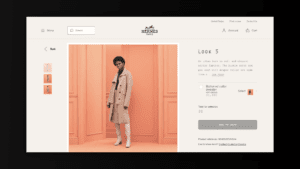
Hermes has reported significant growth compared to LVMH and the key was ecommerce
.













